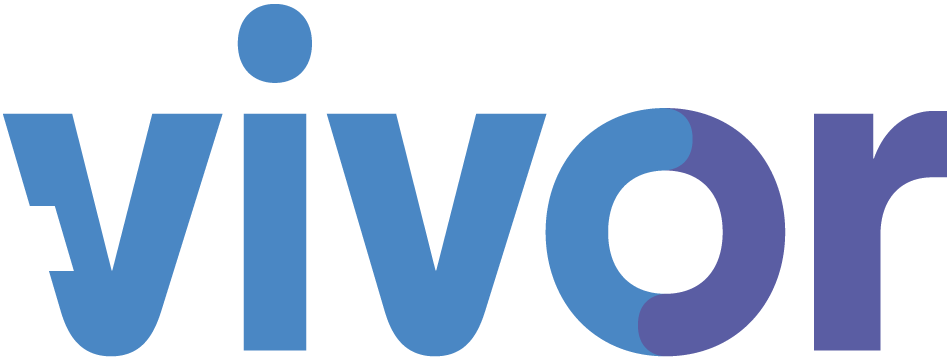Several variables can affect a patient’s eligibility for financial assistance programs, from payer type to medication and diagnosis. Unfortunately, some hospitals overlook opportunities when they focus only on specific dimensions.
Take commercial insurance, for example. While eligibility requirements for patient assistance vary by sponsor, it’s not always restricted to the uninsured. Instead, any individual with financial hardship may qualify for resources such as copay programs from manufacturers—and that includes patients with employer-sponsored high-deductible health plans (HDHP).
Roughly a third of American workers have such plans with thousands of dollars in out-of-pocket cost-sharing. Consider these two numbers:
- $1,931: The average single deductible for employer-based health plans
- 39 percent: The number of Americans who wouldn’t be able to cover an unexpected $400 expense
Many insured patients who are unable to pay for out-of-pocket care don’t realize that they qualify for assistance. Worse still, many providers don’t realize that either. While low-income patients without insurance may receive the most assistance, other factors matter too, including family size or healthcare expenses compared to income.
And most of the time, that’s just too many filters for any single navigator to manage on their own.
Automating a Manual Process
If providers don’t think their patients will qualify for financial assistance resources, few will look for them. That presents a challenge of selection bias: Only those with the most apparent need will get matched with financial support. The rest may lose out on available funding, which can negatively affect adherence rates and outcomes.
Fortunately, digital solutions can remove selection bias so that every patient gets every dollar they’re due. And that starts with automation.
Unfortunately, many organizations aren’t optimizing their financial navigation programs with technology. Patient assistance tends to be highly fragmented and tedious; navigators are asked to do too much with too little—especially now—to gather consent, identify programs, assess eligibility, and follow-up so that patients get matched with support.
That manual process can mean things get missed, and it’s not scalable for what’s to come in a post-pandemic era.
It’s time to automate patient financial assistance with an all-in-one technology that doesn’t rely on selection bias or staff bandwidth to source available funding.
Want to learn how to get started? Download our latest white paper to get actionable tips to digitize patient financial assistance so that more patients can take advantage of more support.


